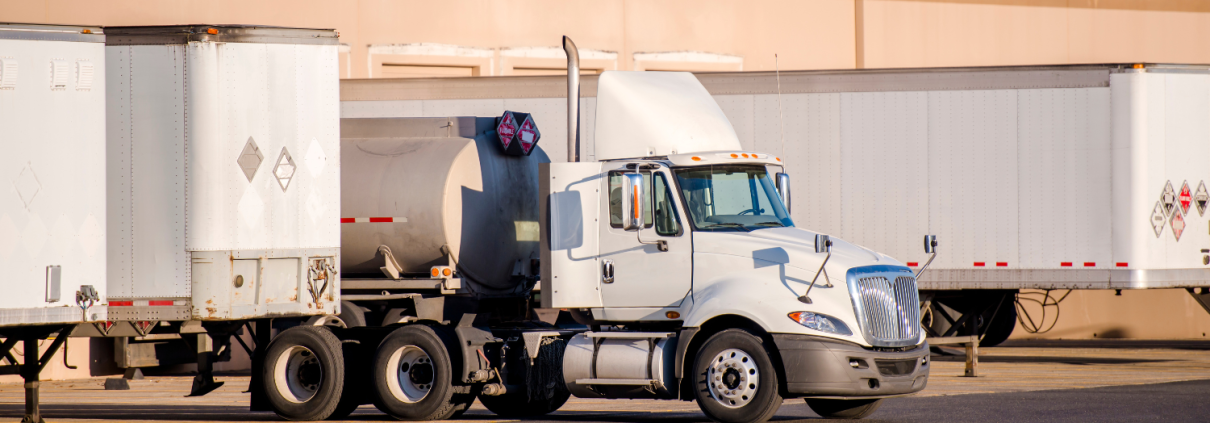
What if there was a way to guarantee savings for your fleet on every run, ensure faster service with predictable delivery times, and lower your overall environmental impact?
This might sound too good to be true, but for many carriers, a shared truckload has been the solution to many ongoing problems.
Shared truckloads offer the chance to optimize trailer utilization while reducing empty miles and decreasing intermediary freight handling. Keep reading to find out what shared truckload really means, and how your fleet could benefit from taking part in this increasingly popular solution.
What’s Shared Truckload?
Shared truckload, also known as co-loading or partial truckload, is a logistics method that involves multiple shippers sharing the space of a single trailer. Unlike traditional less-than-truckload (LTL) or full truckload (FTL) shipments, shared truckload streamlines the process by avoiding any consolidation hubs and intermediary terminals.
Instead of sending a partially full truck out for a run, wasting valuable space, and spending more time on separate runs, a shared truckload can optimize freight runs and save drivers time and effort. Shared freight can either come from multiple underutilized truckloads, LTLs, or a combination of both, making the option accessible for a wide variety of shippers.
In today’s industry, shared truckloads are usually made possible by digital freight matching technology or third-party logistics (3PL) providers. These programs rely on algorithms to match multiple shippers that are good candidates for the mode, considering factors such as freight origin, destination, weight, and commodity type.
What are the Benefits?
Considering offering shared truckload services for your fleet? There are many advantages to this model that could give your company a leg up on the competition while maximizing profits and operational efficiency.
Less freight handling. By avoiding consolidation hubs and intermediary transloading, there’s minimal handling of freight. A more direct route means significantly lower chances of theft and damage to freight.
Faster and more reliable service. Due to reduced intermediary stops, shared truckload offers quicker transit times compared to LTL shipments and a more predictable delivery schedule.
Lower cost for shippers. A shared truckload divides the transportation expenses between customers, making it an attractive solution for shippers looking to save money. This makes for a powerful promotional point for carriers offering shared truckload services.
Decreased environmental impact. A shared truckload also promotes sustainability by maximizing trailer capacity and minimizing deadhead miles. By reducing company greenhouse emissions by as much as 40%, a shared truckload can contribute to company KPIs and sustainability goals.
No freight class required. Unlike LTL, shared truckloads do not require freight classification, and there is no weight requirement.
Are There Any Disadvantages?
Like every new technology or service, carriers must consider potential drawbacks before incorporating shared truckloads into fleet operations.
Capacity limitations. Shared truckload relies on combining multiple shippers’ freight into a single trailer. As a result, available capacity may be limited during peak seasons or high-demand periods.
Carriers must carefully manage space allocation to avoid overcommitting and ensure timely deliveries.
Complex coordination. Coordinating shared shipments involves communication among various parties: shippers, carriers, and receivers. Managing a shared truckload also involves additional paperwork and tracking. Efficient scheduling and load planning are critical to avoid delays and missed pickups.
Freight compatibility. Certain types of freight are not going to be compatible in the same trailer. It is essential to assess freight such as hazardous materials, temperature-sensitive goods like food, and fragile items and divide if necessary.
Offering shared truckloads is a growing method for carriers to save money, improve efficiency, and attract new shippers.
For a deeper dive into the newest industry trends and strategies for success, be sure to follow us on social media and check out the rest of our Employer Blog posts.





